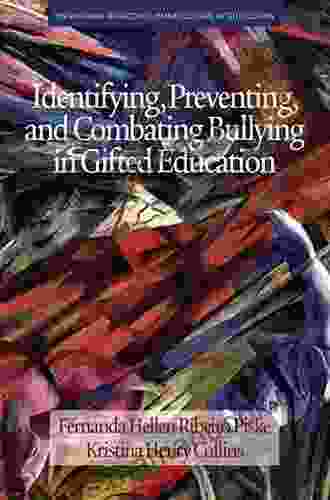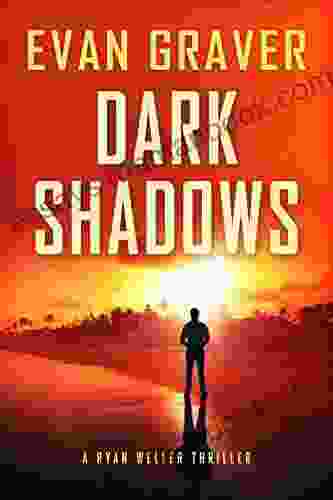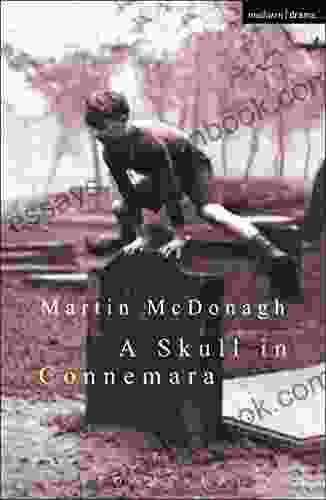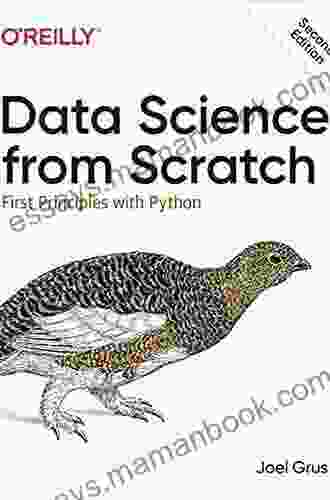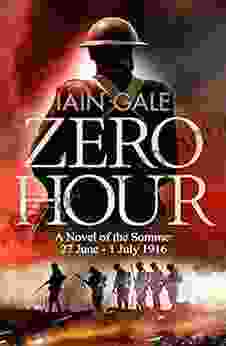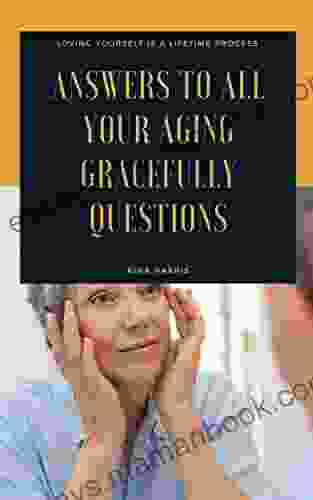Identifying, Preventing, and Combating Bullying in Gifted Education: Contemporary Perspectives and Best Practices

Bullying is a significant problem in schools, and gifted students are not immune. In fact, some research suggests that gifted students may be at an increased risk for bullying due to their unique characteristics, such as their intelligence, creativity, and sensitivity.
4.1 out of 5
| Language | : | English |
| Item Weight | : | 14.8 ounces |
| File size | : | 423 KB |
| Text-to-Speech | : | Enabled |
| Screen Reader | : | Supported |
| Print length | : | 222 pages |
This article provides a comprehensive overview of the issue of bullying in gifted education, including its definition, prevalence, and impact. The article also discusses the role of teachers, parents, and administrators in preventing and combating bullying.
What is Bullying?
Bullying is defined as repeated, intentional, and hurtful behavior that is intended to harm another person. Bullying can take many forms, including physical, verbal, emotional, and social aggression. It can occur in person, online, or through other electronic devices.
Bullying is not the same as teasing or conflict. Teasing is typically good-natured and does not intend to harm the other person. Conflict is a normal part of life and can be resolved through healthy communication. Bullying, on the other hand, is intended to harm the other person and can have serious consequences.
Prevalence of Bullying in Gifted Education
The prevalence of bullying in gifted education is difficult to determine, as there is no national data on the subject. However, some studies suggest that gifted students may be at an increased risk for bullying due to their unique characteristics, such as their intelligence, creativity, and sensitivity.
One study found that gifted students were more likely to be bullied than their non-gifted peers. The study also found that gifted students were more likely to be bullied by other gifted students.
Another study found that gifted students were more likely to be bullied by teachers than their non-gifted peers. The study also found that gifted students were more likely to be bullied by administrators than their non-gifted peers.
Impact of Bullying on Gifted Students
Bullying can have a significant impact on gifted students. Gifted students who are bullied may experience a range of problems, including:
- Academic problems
- Social problems
- Emotional problems
- Physical health problems
Bullying can also lead to gifted students dropping out of school or avoiding school altogether.
Role of Teachers, Parents, and Administrators in Preventing and Combating Bullying
Teachers, parents, and administrators all play a role in preventing and combating bullying. Teachers can create a safe and supportive learning environment by:
- Establishing clear rules and expectations about bullying
- Monitoring students for signs of bullying
- Intervening immediately when bullying occurs
- Providing support to students who are bullied
- Educating students about bullying and its consequences
Parents can help to prevent and combat bullying by:
- Talking to their children about bullying
- Encouraging their children to report bullying
- Supporting their children if they are bullied
- Working with the school to prevent and combat bullying
Administrators can help to prevent and combat bullying by:
- Creating a school-wide policy on bullying
- Providing training for teachers and staff on bullying
- Monitoring the school for signs of bullying
- Intervening immediately when bullying occurs
- Providing support to students who are bullied
- Working with parents and the community to prevent and combat bullying
Bullying is a serious problem that can have a significant impact on gifted students. However, there are a number of things that teachers, parents, and administrators can do to prevent and combat bullying. By working together, we can create a safe and supportive learning environment for all students.
4.1 out of 5
| Language | : | English |
| Item Weight | : | 14.8 ounces |
| File size | : | 423 KB |
| Text-to-Speech | : | Enabled |
| Screen Reader | : | Supported |
| Print length | : | 222 pages |
Do you want to contribute by writing guest posts on this blog?
Please contact us and send us a resume of previous articles that you have written.
 Top Book
Top Book Novel
Novel Fiction
Fiction Nonfiction
Nonfiction Literature
Literature Paperback
Paperback Hardcover
Hardcover E-book
E-book Audiobook
Audiobook Bestseller
Bestseller Classic
Classic Mystery
Mystery Thriller
Thriller Romance
Romance Fantasy
Fantasy Science Fiction
Science Fiction Biography
Biography Memoir
Memoir Autobiography
Autobiography Poetry
Poetry Drama
Drama Historical Fiction
Historical Fiction Self-help
Self-help Young Adult
Young Adult Childrens Books
Childrens Books Graphic Novel
Graphic Novel Anthology
Anthology Series
Series Encyclopedia
Encyclopedia Reference
Reference Guidebook
Guidebook Textbook
Textbook Workbook
Workbook Journal
Journal Diary
Diary Manuscript
Manuscript Folio
Folio Pulp Fiction
Pulp Fiction Short Stories
Short Stories Fairy Tales
Fairy Tales Fables
Fables Mythology
Mythology Philosophy
Philosophy Religion
Religion Spirituality
Spirituality Essays
Essays Critique
Critique Commentary
Commentary Glossary
Glossary Bibliography
Bibliography Index
Index Table of Contents
Table of Contents Preface
Preface Introduction
Introduction Foreword
Foreword Afterword
Afterword Appendices
Appendices Annotations
Annotations Footnotes
Footnotes Epilogue
Epilogue Prologue
Prologue Jon Yablonski
Jon Yablonski Robin Maxwell
Robin Maxwell Adrian Bethune
Adrian Bethune By S Bunny Goodman
By S Bunny Goodman Ashley Capes
Ashley Capes Stefan Hertmans
Stefan Hertmans Shelly Tochluk
Shelly Tochluk Joel Grus
Joel Grus J Randy Taraborrelli
J Randy Taraborrelli Maureen Howard
Maureen Howard Anita Frank
Anita Frank Tanya Allan
Tanya Allan Richard Peet
Richard Peet Heather Smith Thomas
Heather Smith Thomas Stephen Matthews
Stephen Matthews Tracy K Smith
Tracy K Smith Juliana Serafim
Juliana Serafim Galen Anderson
Galen Anderson Drew Griot
Drew Griot Anabelle Bryant
Anabelle Bryant
Light bulbAdvertise smarter! Our strategic ad space ensures maximum exposure. Reserve your spot today!
 Bryce FosterFollow ·15.3k
Bryce FosterFollow ·15.3k George HayesFollow ·10.1k
George HayesFollow ·10.1k Jorge AmadoFollow ·6.2k
Jorge AmadoFollow ·6.2k Cody BlairFollow ·18.7k
Cody BlairFollow ·18.7k Isaias BlairFollow ·19.6k
Isaias BlairFollow ·19.6k Cameron ReedFollow ·7.3k
Cameron ReedFollow ·7.3k Ray BlairFollow ·12.5k
Ray BlairFollow ·12.5k Virginia WoolfFollow ·15k
Virginia WoolfFollow ·15k
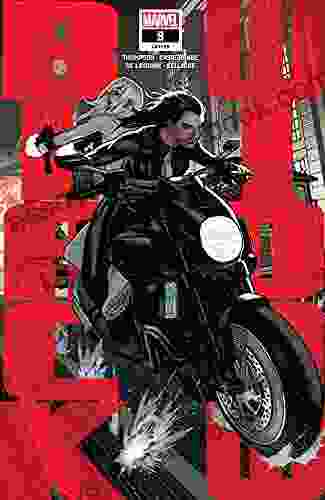
 Dean Butler
Dean ButlerBlack Widow 2024: A Comprehensive Guide to Kelly...
In 2024, Marvel...
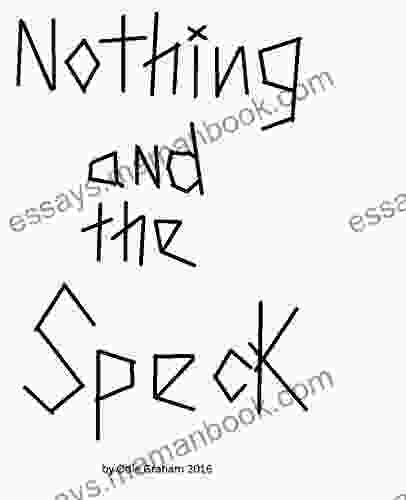
 Gage Hayes
Gage HayesNothing and the Speck: An In-Depth Analysis of Yana...
Yana Toboso's works, particularly the manga...

 Stan Ward
Stan WardThe Best American Poetry 1997: James Tate
The Best American Poetry...
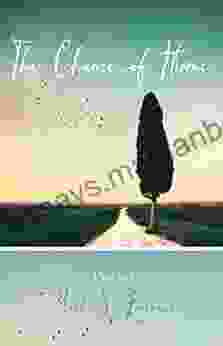
 Corey Green
Corey GreenThe Chance of Home: Exploring the Poetic Landscape of...
Immerse yourself in the evocative world of...
4.1 out of 5
| Language | : | English |
| Item Weight | : | 14.8 ounces |
| File size | : | 423 KB |
| Text-to-Speech | : | Enabled |
| Screen Reader | : | Supported |
| Print length | : | 222 pages |


